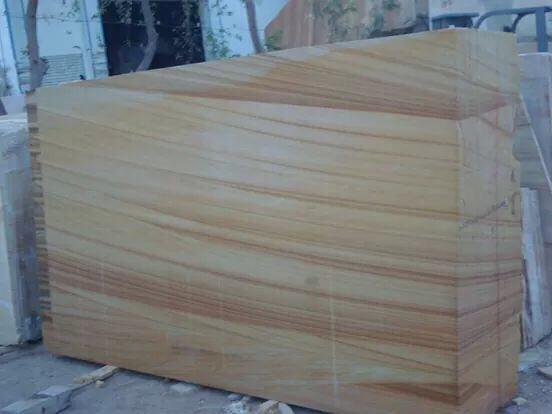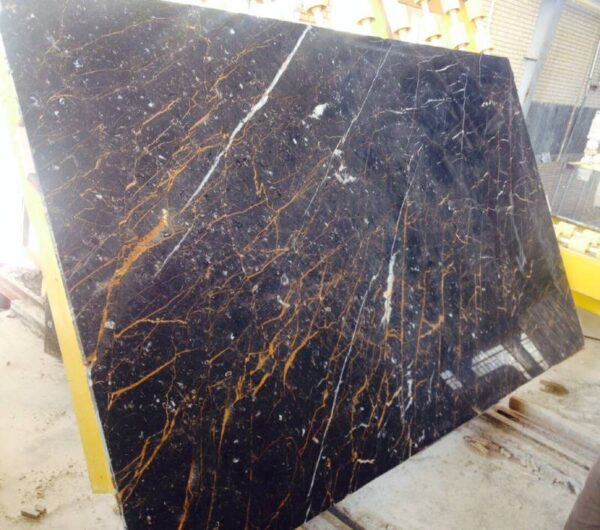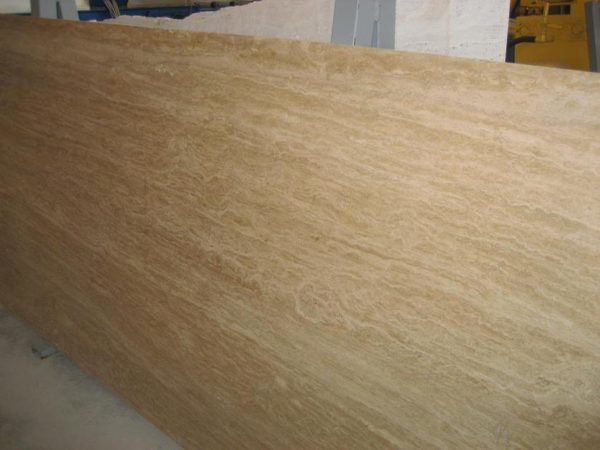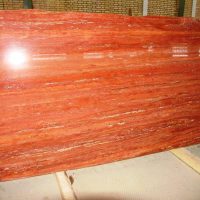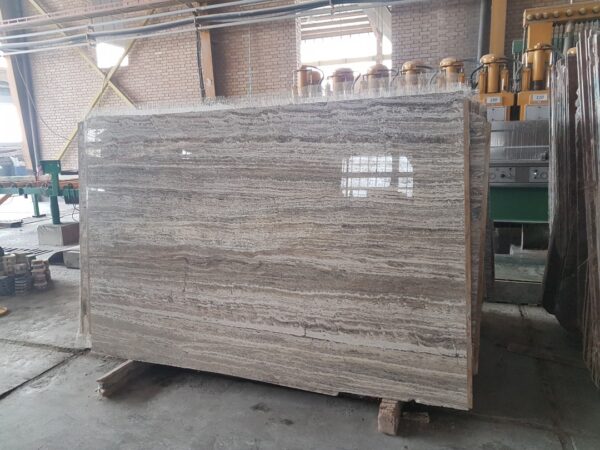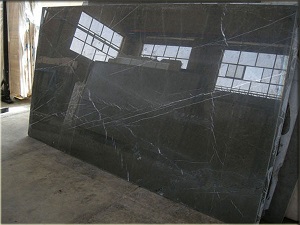A Comprehensive Overview
Understanding the Export of Sandstone
Sandstone, a versatile and aesthetically pleasing natural stone, has become a sought-after material in global markets. Renowned for its durability and unique color variations, sandstone is widely used in construction, landscaping, and decorative applications. This article delves into the dynamics of sandstone export, highlighting key markets, trends, and the factors influencing its demand worldwide.


Global Demand for Sandstone
The demand for sandstone continues to grow due to its numerous applications across various industries. Here are some key sectors driving this demand:
- Construction Industry: Sandstone is a preferred choice for building materials, including bricks, tiles, and facades. Its natural beauty and strength make it ideal for both residential and commercial construction projects.
- Landscaping and Hardscaping: Garden designers and landscapers favor sandstone for pathways, patios, and retaining walls. Its ability to withstand weather conditions and its aesthetic appeal make it an excellent choice for outdoor applications.
- Interior Design: In recent years, there has been a surge in the use of sandstone for interior features, such as countertops, flooring, and wall cladding. The unique textures and colors of sandstone add character and warmth to indoor spaces.
Key Exporting Countries
Several countries are recognized as major exporters of sandstone, each contributing to the global supply in unique ways:
- India: India is one of the largest exporters of sandstone, particularly Rajasthan, known for its rich deposits and diverse color varieties. Indian sandstone is highly sought after for its quality and affordability, making it a popular choice in international markets.
- China: China is another significant player in the sandstone export market. The country not only produces high-quality sandstone but also has the capacity for large-scale processing, meeting the demands of various industries.
- Australia: Known for its premium quality sandstone, Australia exports to several markets worldwide. The country’s strict environmental regulations ensure sustainable quarrying practices, making Australian sandstone an attractive option for eco-conscious buyers.
Trends Influencing Sandstone Export
Several trends are shaping the sandstone export market:
- Sustainability: There is a growing demand for sustainably sourced materials. Exporters that prioritize eco-friendly practices in quarrying and production are gaining a competitive edge. Many buyers are now looking for certifications that verify sustainable practices.
- Custom Solutions: As the demand for unique designs and finishes increases, exporters are adapting by offering customized solutions. Tailoring sandstone products to meet specific client requirements can enhance marketability and foster strong relationships with buyers.
- Technological Advancements: The use of technology in quarrying and processing has improved efficiency and product quality. Innovations such as water jet cutting and advanced polishing techniques allow exporters to create high-quality, intricate designs that appeal to modern consumers.
Challenges in the Sandstone Export Market
While the prospects for sandstone export are promising, several challenges must be addressed:
- Competition: The sandstone export market is competitive, with numerous players vying for market share. Exporters must differentiate themselves through quality, service, and sustainability to stand out.
- Logistical Issues: Transporting heavy materials like sandstone can be logistically challenging and costly. Exporters must develop efficient supply chains to minimize costs and ensure timely delivery to international markets.
- Regulatory Compliance: Navigating the complex regulatory landscape in both exporting and importing countries can be daunting. Exporters must stay informed about tariffs, quality standards, and environmental regulations to avoid penalties and delays.
Future Outlook for Sandstone Export
The future of sandstone export looks bright, driven by increasing global demand and ongoing trends in construction and design. As countries continue to invest in infrastructure and urban development, the need for high-quality natural stone will grow. Exporters who focus on sustainability, customization, and innovation will be well-positioned to capitalize on these opportunities.

